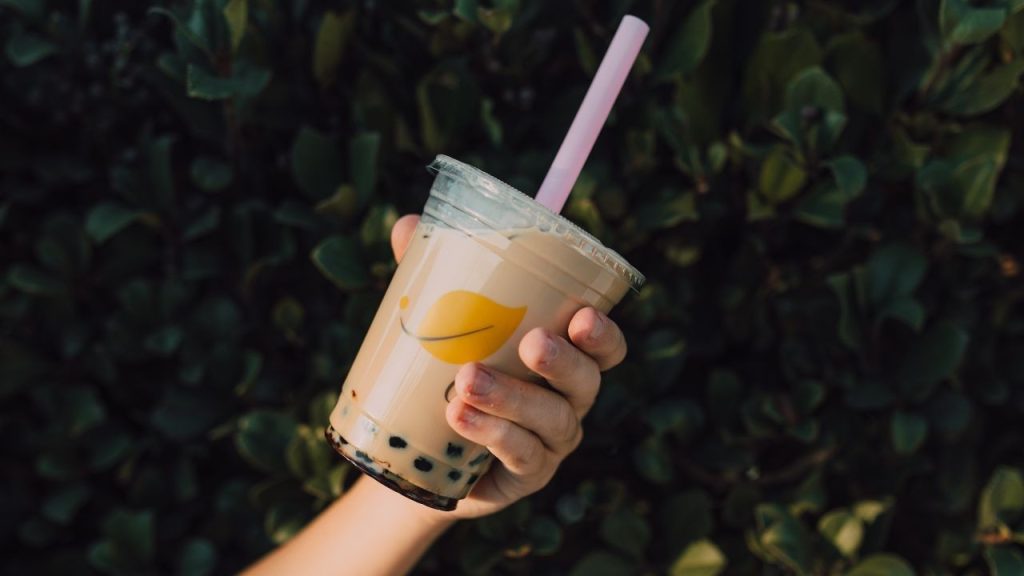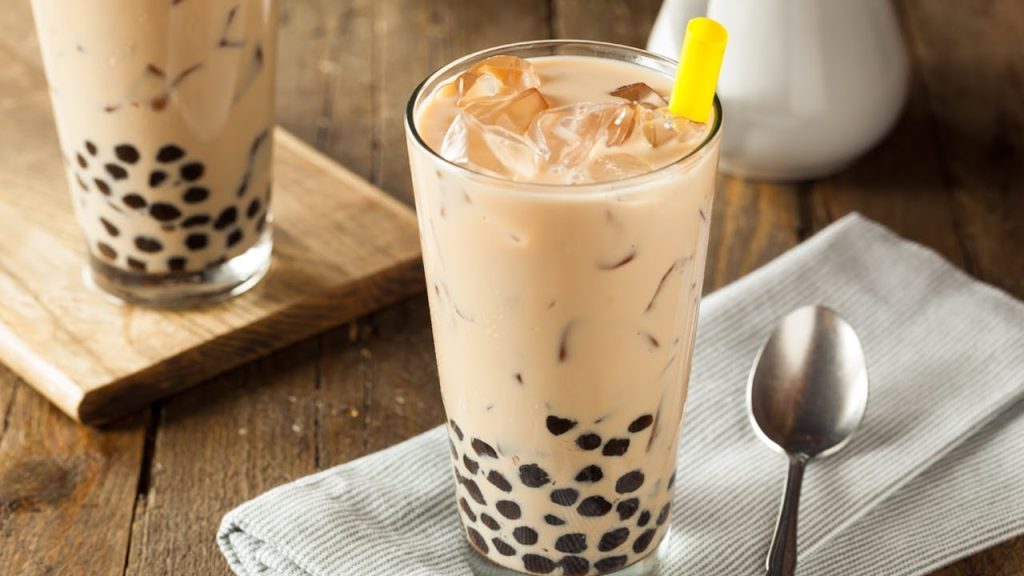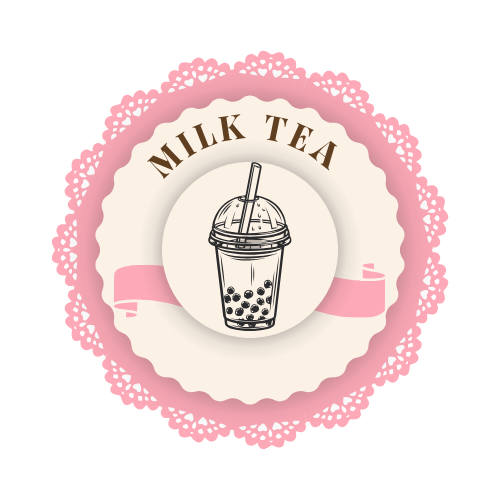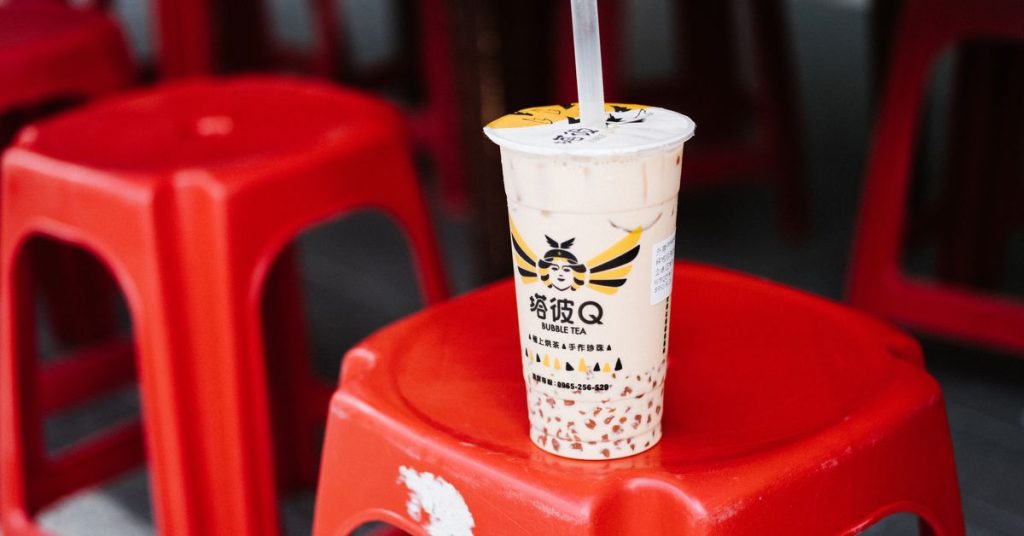Blog
How Bubble Tea Became a Symbol of Youth Culture
Bubble tea, or boba tea, is more than just a drink—it’s a global cultural phenomenon. Known for its colorful presentation, chewy tapioca pearls, and infinite customizability, bubble tea has become a beloved staple for young people around the world. From its origins in Taiwan to its rise as a social and cultural icon, bubble tea has evolved into a symbol of youth culture that transcends borders.
This article explores how bubble tea became intertwined with youth identity, social trends, and global pop culture, cementing its place as a defining feature of modern youth culture.
1. The Beginnings of Bubble Tea and Its Youthful Appeal
Bubble tea was first invented in Taiwan in the 1980s, and from the very beginning, it resonated with young people.

Key Factors in Its Early Popularity:
- Night Market Culture: Bubble tea was a hit in Taiwan’s vibrant night markets, which are hubs for affordable, trendy, and youth-driven street food.
- Playful Innovation: The addition of tapioca pearls, jelly, and colorful layers made bubble tea fun and visually appealing, attracting younger generations.
- Affordable Indulgence: Bubble tea’s price point made it an accessible treat for students and young workers.
Bubble tea quickly became a go-to drink for hanging out with friends, studying at cafes, or simply enjoying a sweet escape from daily life.
2. Customization: A Perfect Fit for Individual Expression
Customization is at the heart of bubble tea’s appeal to youth culture. The ability to tailor every aspect of the drink allows young people to express their individuality and creativity.
Key Customization Options:
- Tea Base: Choose from black, green, oolong, herbal, or floral teas.
- Sweetness Level: Adjust sugar levels from 0% to 100% for a personalized flavor.
- Toppings: Options like tapioca pearls, popping boba, grass jelly, and aloe vera cater to different tastes and textures.
- Flavors: From classic milk tea to exotic options like taro, matcha, or brown sugar, the range of flavors allows for endless experimentation.
Why It Resonates: Customization aligns with the values of self-expression and individuality that define youth culture. Each drink becomes a unique creation, tailored to personal preferences.
3. Bubble Tea as a Social Experience
Bubble tea isn’t just a drink—it’s a social activity. Bubble tea shops have become gathering spots for young people, providing a casual and welcoming environment to connect with friends.
Social Aspects of Bubble Tea:
- Hangout Spots: Bubble tea cafes are popular meeting places for study sessions, dates, or group outings.
- Interactive Ordering: The process of choosing flavors, toppings, and sweetness levels becomes a shared experience that sparks conversation.
- Sharing Culture: Friends often swap drinks, take photos, and compare flavor combinations, making bubble tea a communal activity.
Impact on Youth Culture: The social element of bubble tea fosters a sense of belonging and community, reinforcing its association with youthful camaraderie.
4. Bubble Tea and the Rise of Social Media
Social media has played a significant role in bubble tea’s rise as a symbol of youth culture. Its photogenic qualities and vibrant colors make it a favorite subject for Instagram and TikTok.
Why It’s a Social Media Star:
- Visual Appeal: Layered colors, pearls, and creative toppings make bubble tea highly shareable.
- Trendy Content: Bubble tea trends, challenges, and DIY tutorials regularly go viral, keeping it at the forefront of social media culture.
- Cultural Representation: For many young people, sharing bubble tea is a way to celebrate their cultural identity and introduce their friends to a piece of their heritage.
Result: Bubble tea’s online presence amplifies its cultural significance, turning it into a lifestyle statement for the digital generation.
5. The Influence of Pop Culture
Bubble tea has become a staple in modern pop culture, particularly in Asian media, where it’s frequently featured in dramas, music videos, and films.

Examples in Pop Culture:
- K-Pop: Bubble tea often appears in K-pop music videos and fan meet-ups, further cementing its status as a trendy drink.
- Asian Dramas: Popular TV shows frequently include scenes of characters enjoying bubble tea, normalizing its role in everyday life.
- Celebrity Endorsements: Influencers and celebrities regularly share their favorite bubble tea orders, inspiring fans to try the drink themselves.
Impact: These pop culture moments shape bubble tea as a lifestyle choice that reflects the fun, youthful, and vibrant spirit of contemporary media.
6. A Global Symbol of Modern Asian Identity
For many young people in Asian communities, bubble tea is more than just a drink—it’s a symbol of cultural pride and modern identity.
Key Themes:
- Cultural Representation: Bubble tea showcases Asian creativity and innovation, highlighting the fusion of tradition and modernity.
- Diaspora Connection: For young Asians living abroad, bubble tea serves as a nostalgic reminder of home while offering a way to share their culture with friends.
- Inclusivity: The global embrace of bubble tea reflects the increasing appreciation for Asian food and culture among diverse audiences.
Why It Matters: Bubble tea bridges cultures, allowing young people to celebrate their heritage while participating in a global trend.
7. Entrepreneurship and Youth Empowerment
Bubble tea has also become a platform for young entrepreneurs to create innovative businesses and brands.
Notable Trends:
- Creative Startups: Many bubble tea shops are founded by young people who experiment with bold flavors, sustainable practices, and unique branding.
- Sustainability: Eco-conscious youth are driving trends like reusable cups, paper straws, and biodegradable packaging in the bubble tea industry.
- Franchise Opportunities: Successful brands like Gong Cha, Tiger Sugar, and Boba Guys have empowered young entrepreneurs to open franchises, turning bubble tea into a lucrative global business.
Impact: The entrepreneurial spirit surrounding bubble tea aligns with the ambition and creativity of modern youth culture.
8. Bubble Tea as a Lifestyle Symbol
Bubble tea has transcended its role as a beverage to become a lifestyle symbol for young people.
Why It’s Iconic:
- Accessibility: Its affordability makes it an everyday luxury for students and young professionals.
- Trendiness: Staying up-to-date with bubble tea trends, such as new flavors or limited-edition drinks, is part of staying connected to youth culture.
- Expression: Ordering bubble tea reflects personal style and taste, much like choosing an outfit or a playlist.
Result: Bubble tea is now a shorthand for youthfulness, creativity, and social connection.
9. Challenges and Critiques
Despite its popularity, bubble tea also faces critiques that reflect larger societal issues.
Common Concerns:
- Health: The high sugar content of many bubble tea drinks raises concerns about health impacts, particularly among young consumers.
- Environmental Impact: Single-use plastic cups and straws contribute to environmental waste, prompting calls for more sustainable practices.
Youth Response: Many young people are advocating for healthier options and eco-friendly innovations, showcasing their commitment to sustainability.
10. The Future of Bubble Tea in Youth Culture
Bubble tea’s popularity shows no signs of slowing down, and its role in youth culture will likely continue to evolve.
Predicted Trends:
- Healthier Options: Low-sugar, plant-based, and nutrient-rich bubble tea variations are expected to rise in popularity.
- Technological Integration: Smart vending machines and app-based customizations will make ordering bubble tea even more interactive.
- Global Fusion: As bubble tea spreads to new regions, it will continue to incorporate local flavors and ingredients, keeping it fresh and exciting.
Conclusion
Bubble tea has become a defining symbol of youth culture, embodying values like creativity, individuality, and community. Its journey from Taiwanese street markets to global fame reflects the power of food and drink to unite people across cultures and generations. For today’s youth, bubble tea is more than a beverage—it’s a statement, a social experience, and a celebration of modern identity. As its influence grows, bubble tea will undoubtedly remain a vibrant and integral part of youth culture worldwide.


